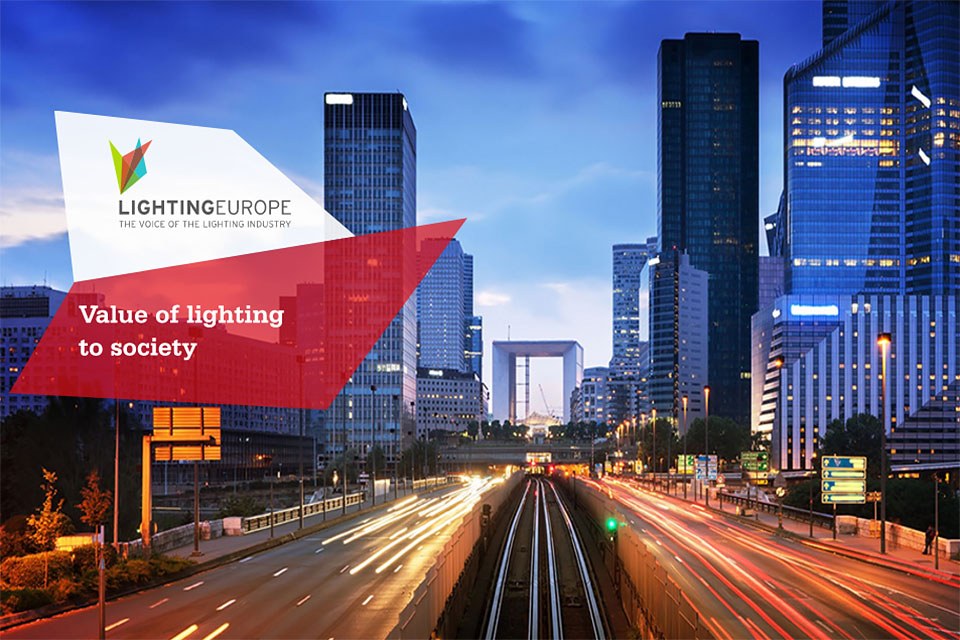Energy Requirements for Lighting Systems Lead to Enormous Energy Savings and Improved Quality of Light
Based on results from the Ecodesign Preparatory Study on Lighting Systems (ENER Lot 37), the Directorate-General on Energy will possibly present in the upcoming months specific policy proposals that will very positively influence the lighting system design for buildings and roads. If implemented, the EU-28 total annual electricity saving potential of 48-56 TWh/year in 2050 will exceed the saving potential of the existing EcoDesign Directive 245/2009 on lighting products in the tertiary sector.
“LightingEurope strongly appreciates the preliminary results of the ENER LOT 37 study and is looking forward to further explore and define together with Directorate-General on Energy possible regulatory measures on lighting systems. Well-designed lighting systems not only increase the potential for energy savings but they also improve quality of light and wellbeing of people in the building itself”, says Ourania Georgoutsakou, Secretary General of LightingEurope.
What are the main preliminary conclusions of the Ecodesign Preparatory Study on Lighting Systems?
1. Imposing regulatory maximum limits on lighting system designs is the best way to ensure that new lighting systems will avoid poor energy performance outcomes; such calculation methods exist for both indoor and road lighting in EN standards. Policy measures shall address all market actors concerned with the development of lighting systems to realize full impact of the best available technologies identified.
2. Different policy options are considered about where to go next within the scope of indoor lighting technical building systems and road lighting: - Lighting systems, installed on site, often in accordance with a formal lighting design, may be considered as products for which eco-design regulatory requirements could be imposed. There is already a precedent for imposing requirements on those who design and install domestic heating and hot water systems under the energy labelling Directive.
- In principle, the Energy Performance of Buildings Directive could be complemented and/or extended to better address energy savings in lighting systems. An example is a more specific and harmonised regulation on the calculation method (EN 15193) used to assess LENI [kWh/(y/m²)] and including the maximum LENI for lighting in specific building zones and/or areas in buildings such as in the UK Building regulation.
- The LightingEurope proposal for a lighting systems design energy label has been included in the study and assessed as potential policy measure. This would be legally actionable within the context of the present Energy Labelling Directive.
About Lighting Europe:
LightingEurope is an industry association of 34 European lighting manufacturers, national associations, and companies producing materials. LightingEurope members represent over 1,000 European companies, a majority of which are SMEs; a total workforce of over 100,000 people in Europe; and an annual turnover estimated to exceed 20 billion Euros. LightingEurope is dedicated to promoting efficient lighting practices for the benefit of the global environment, human comfort, and the health and safety of consumers.
More information about LightingEurope is available on our website www.lightingeurope.org

